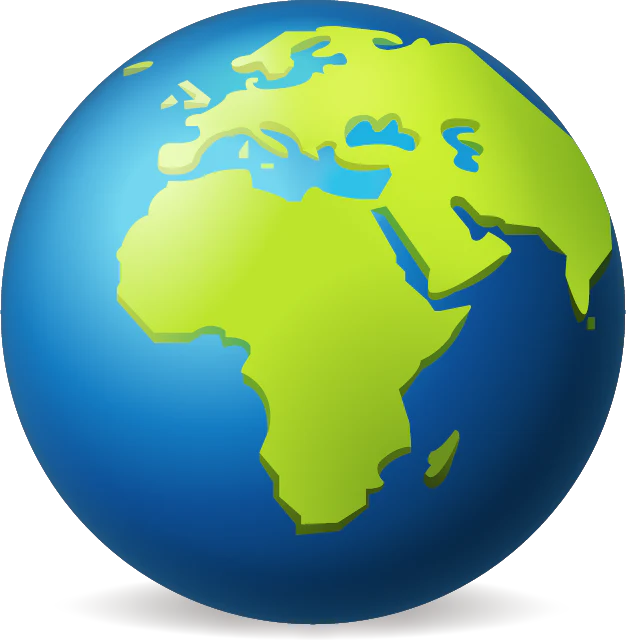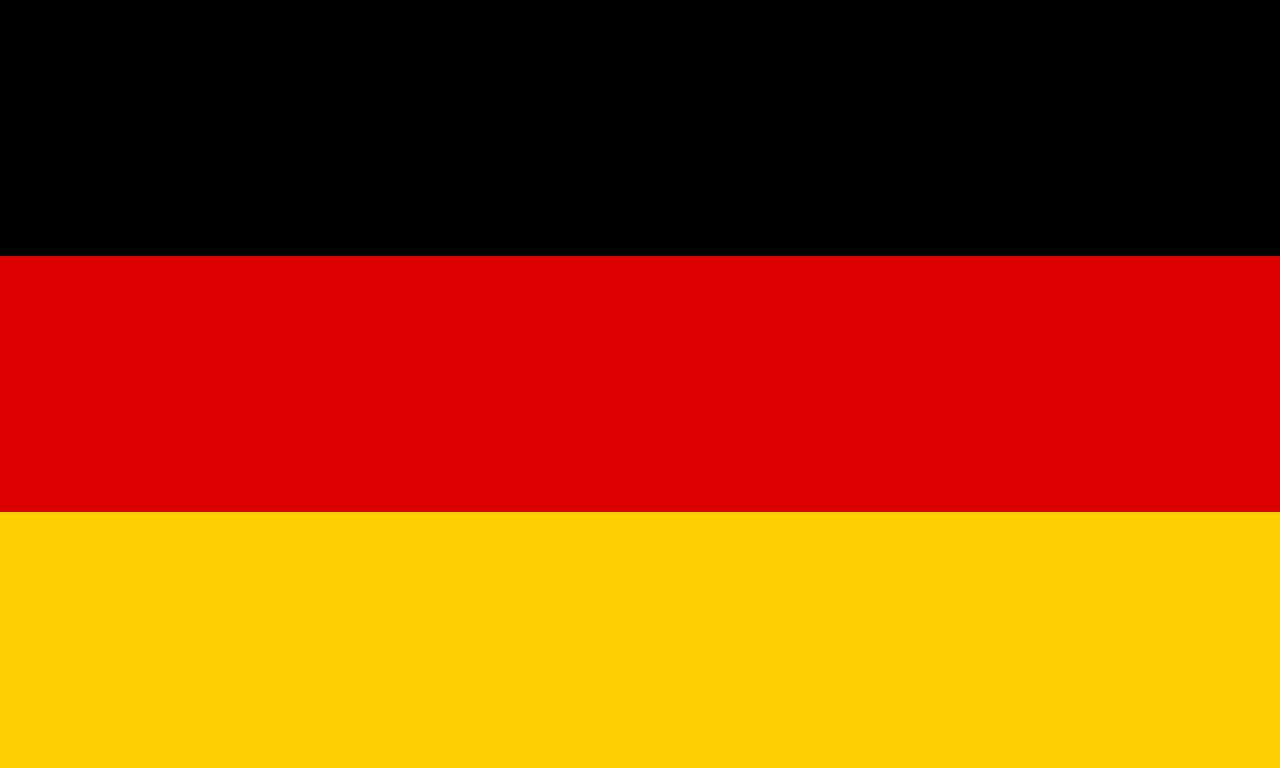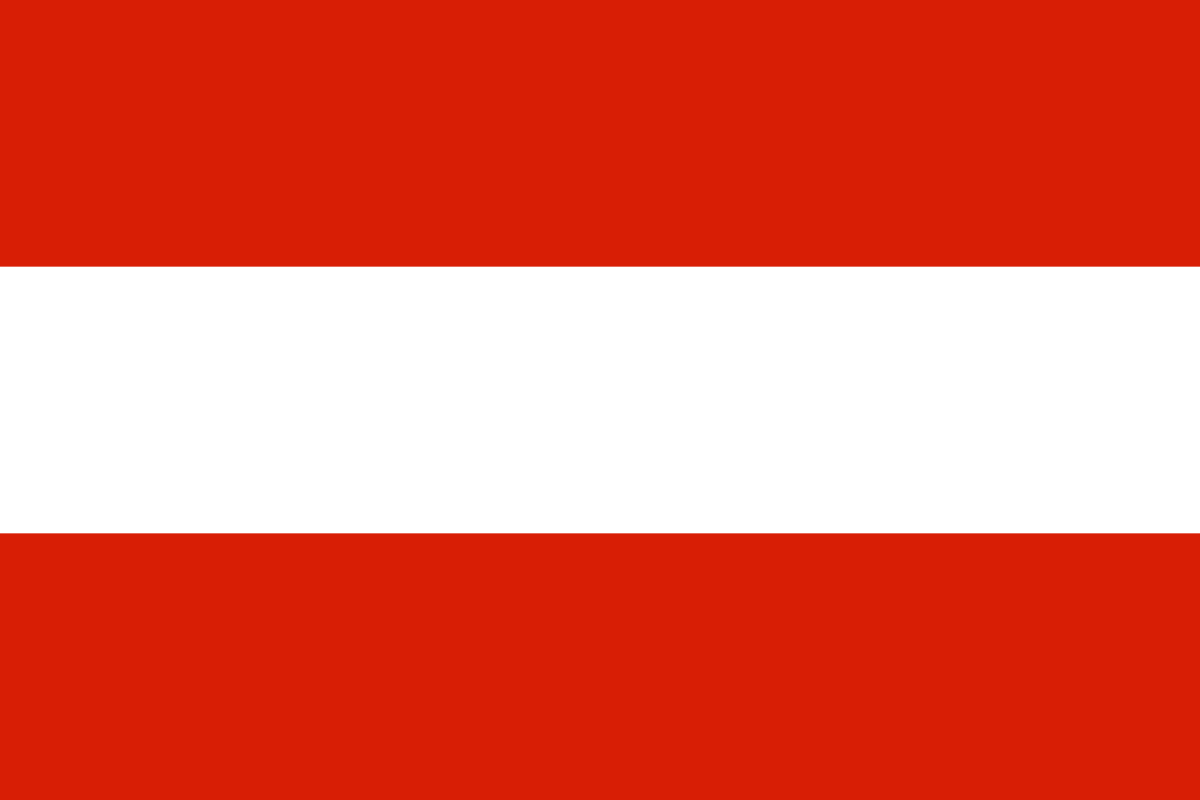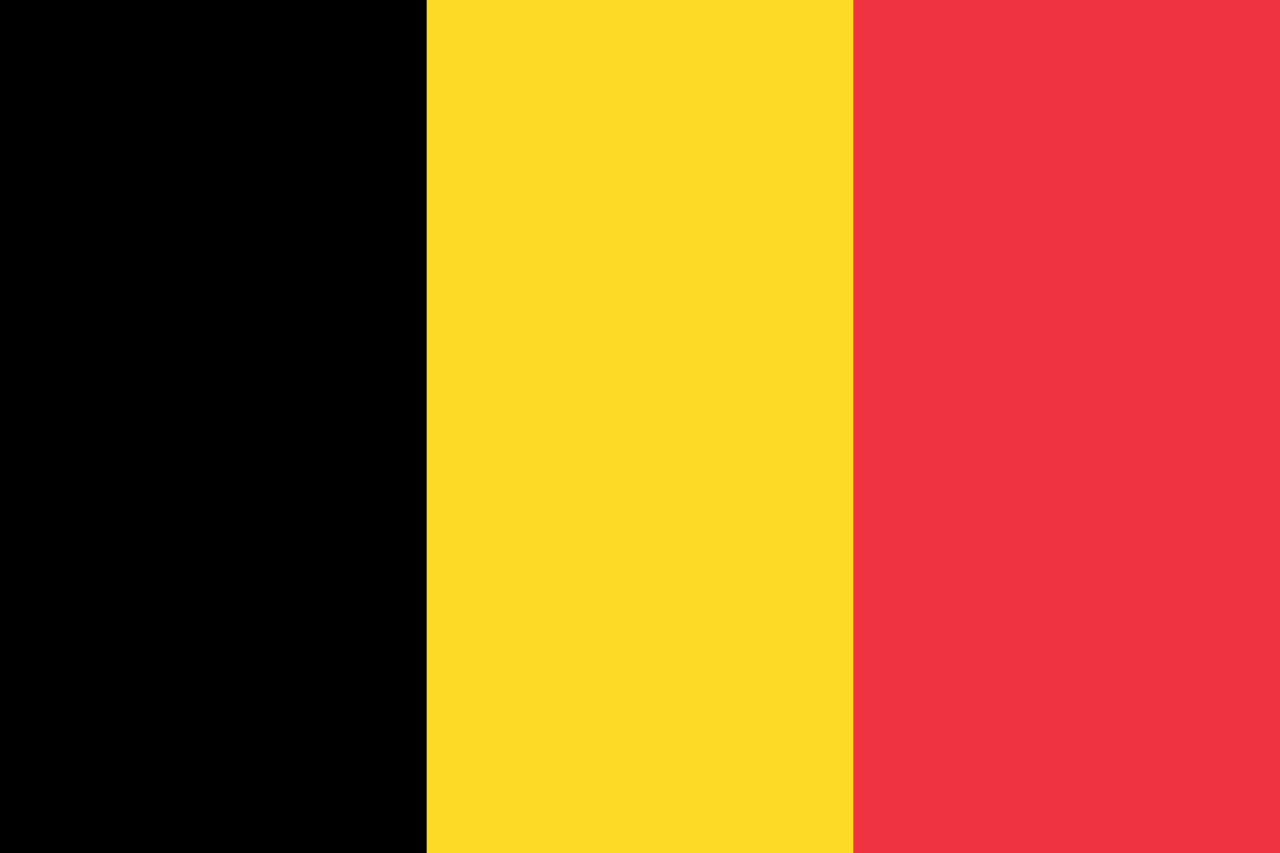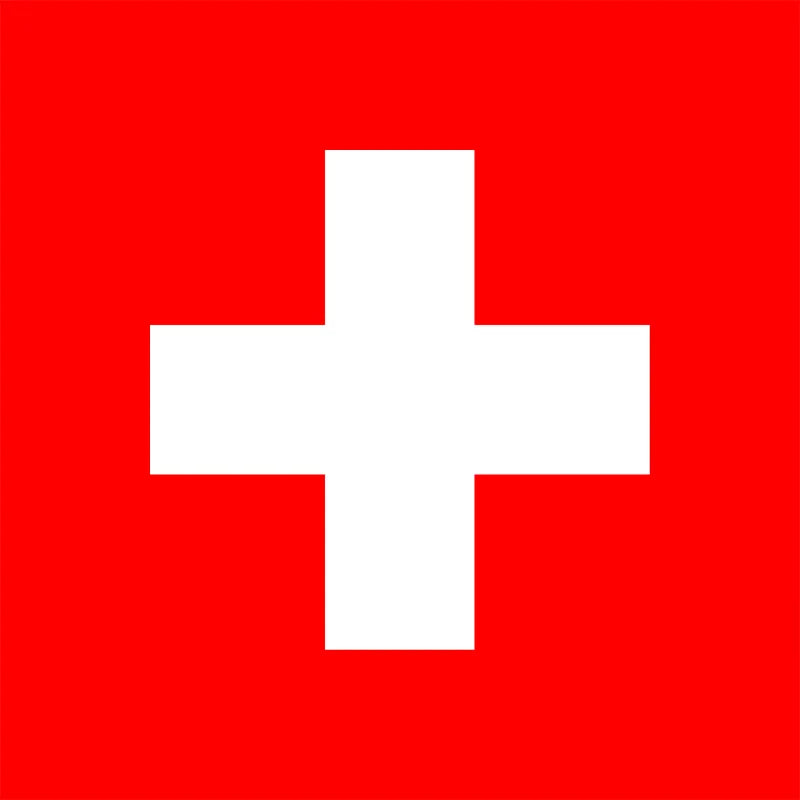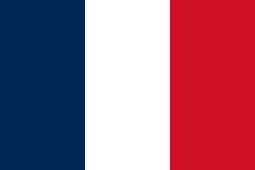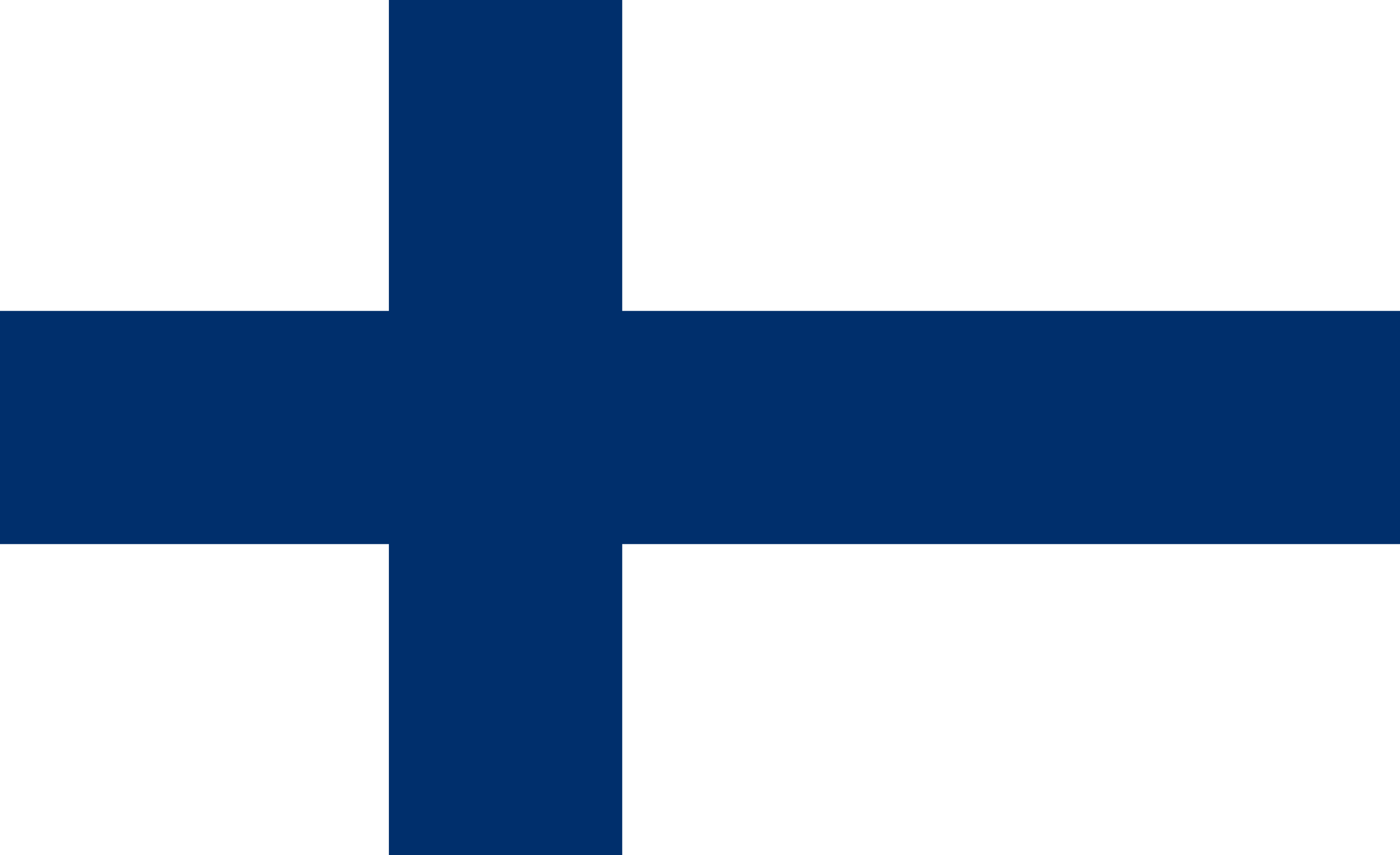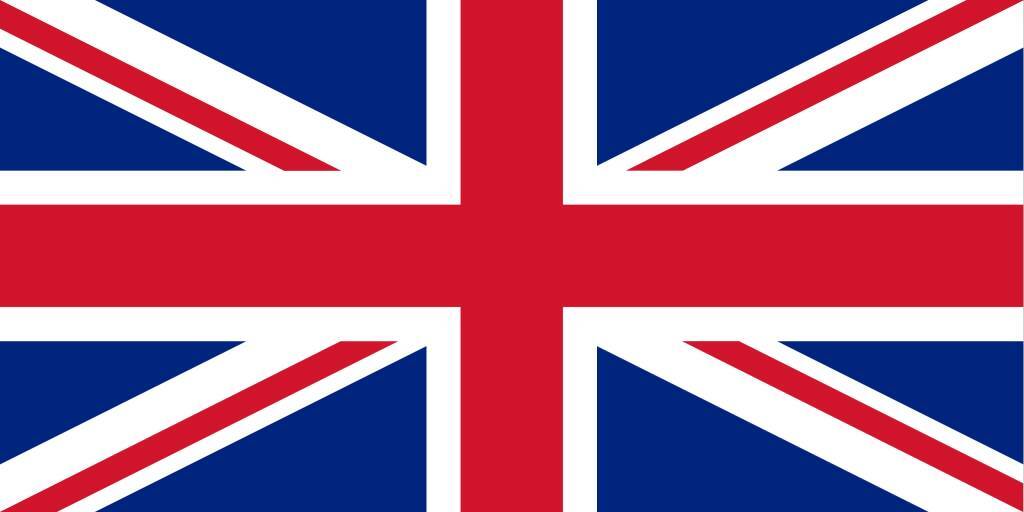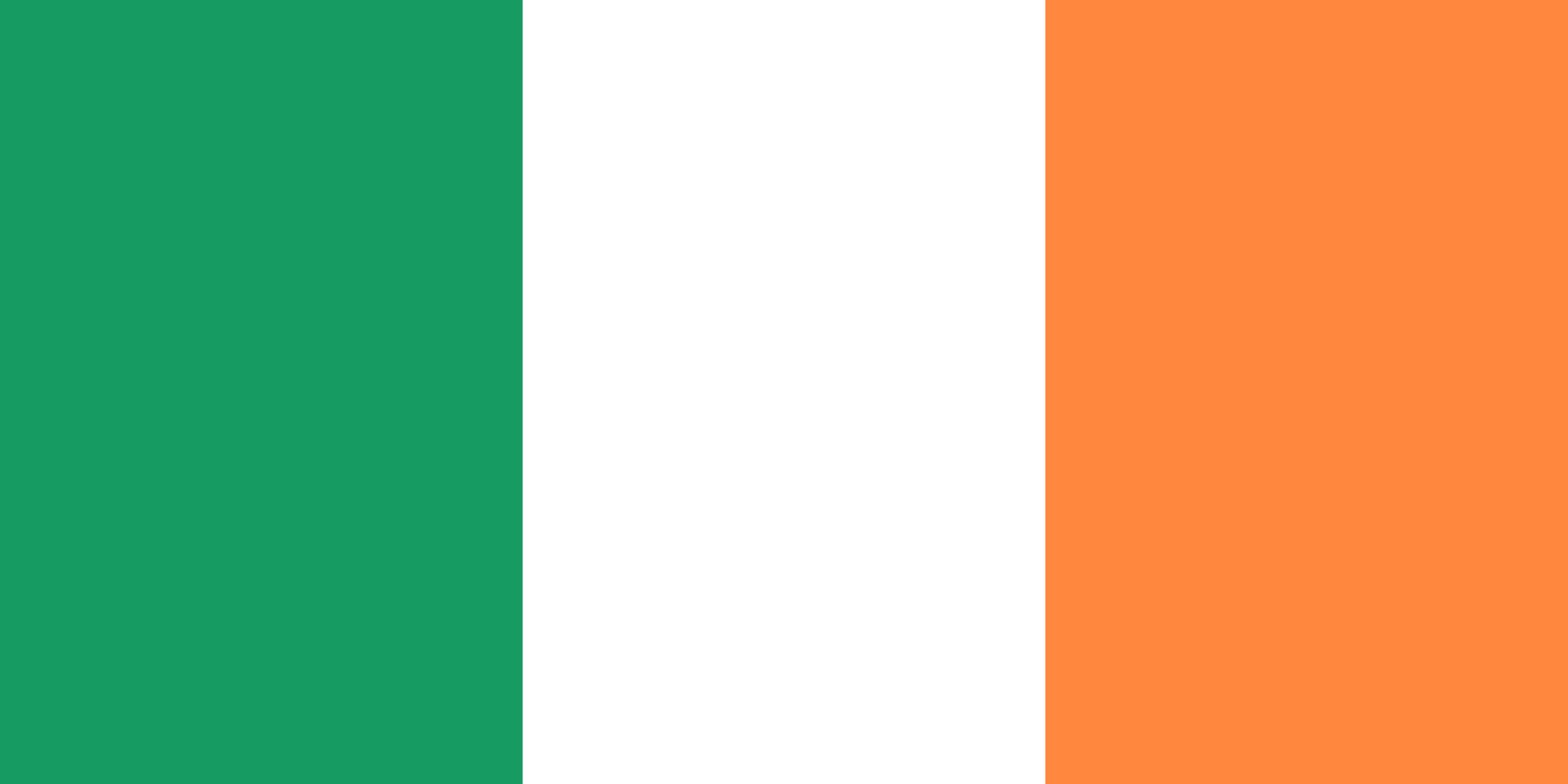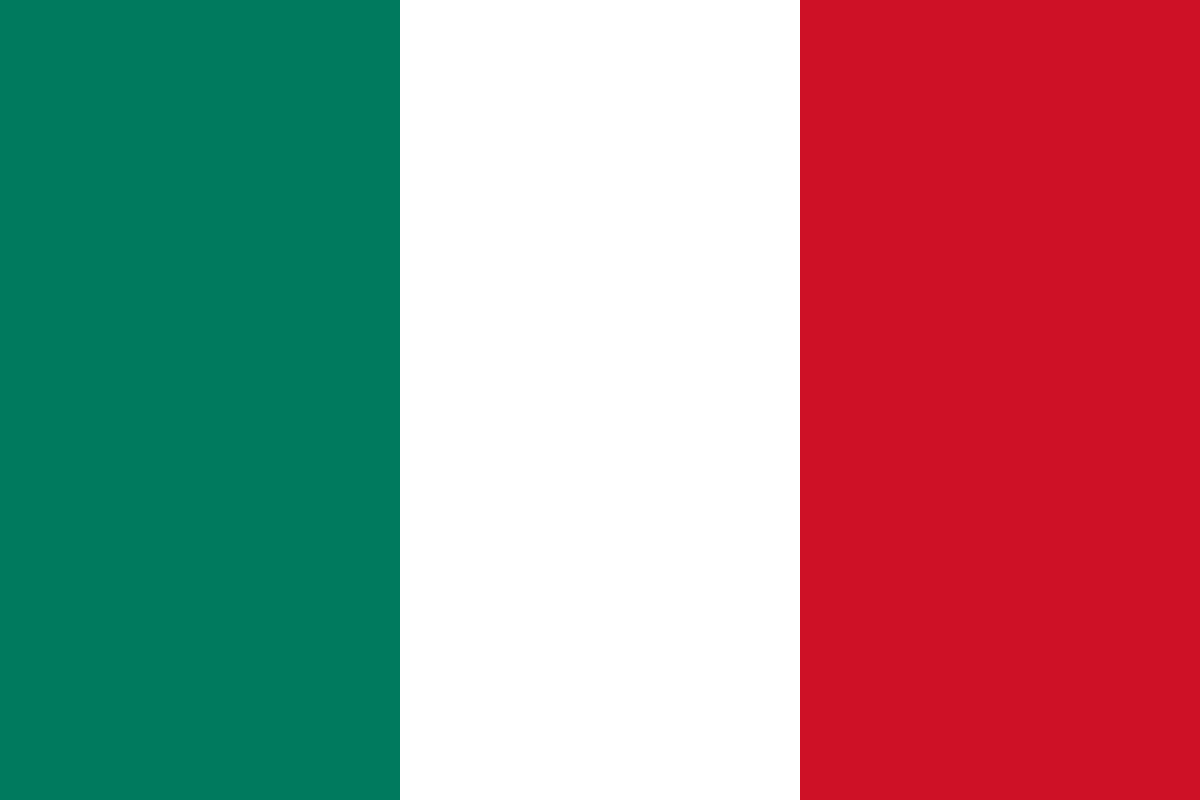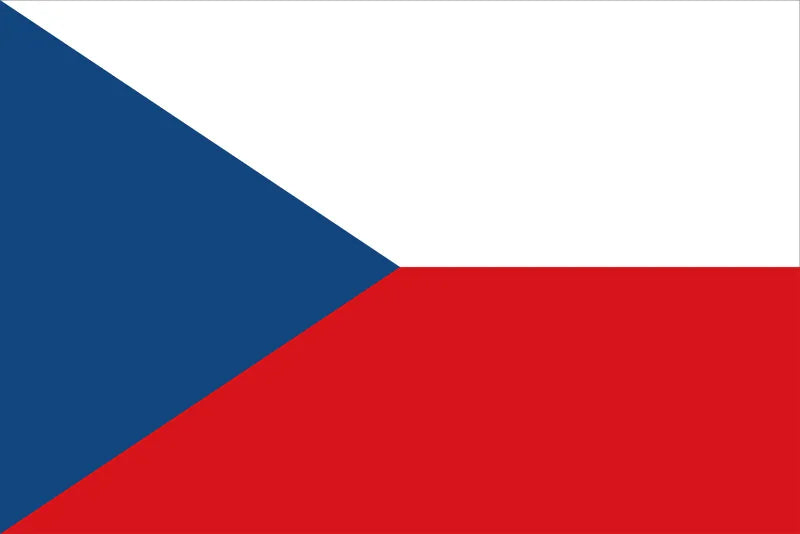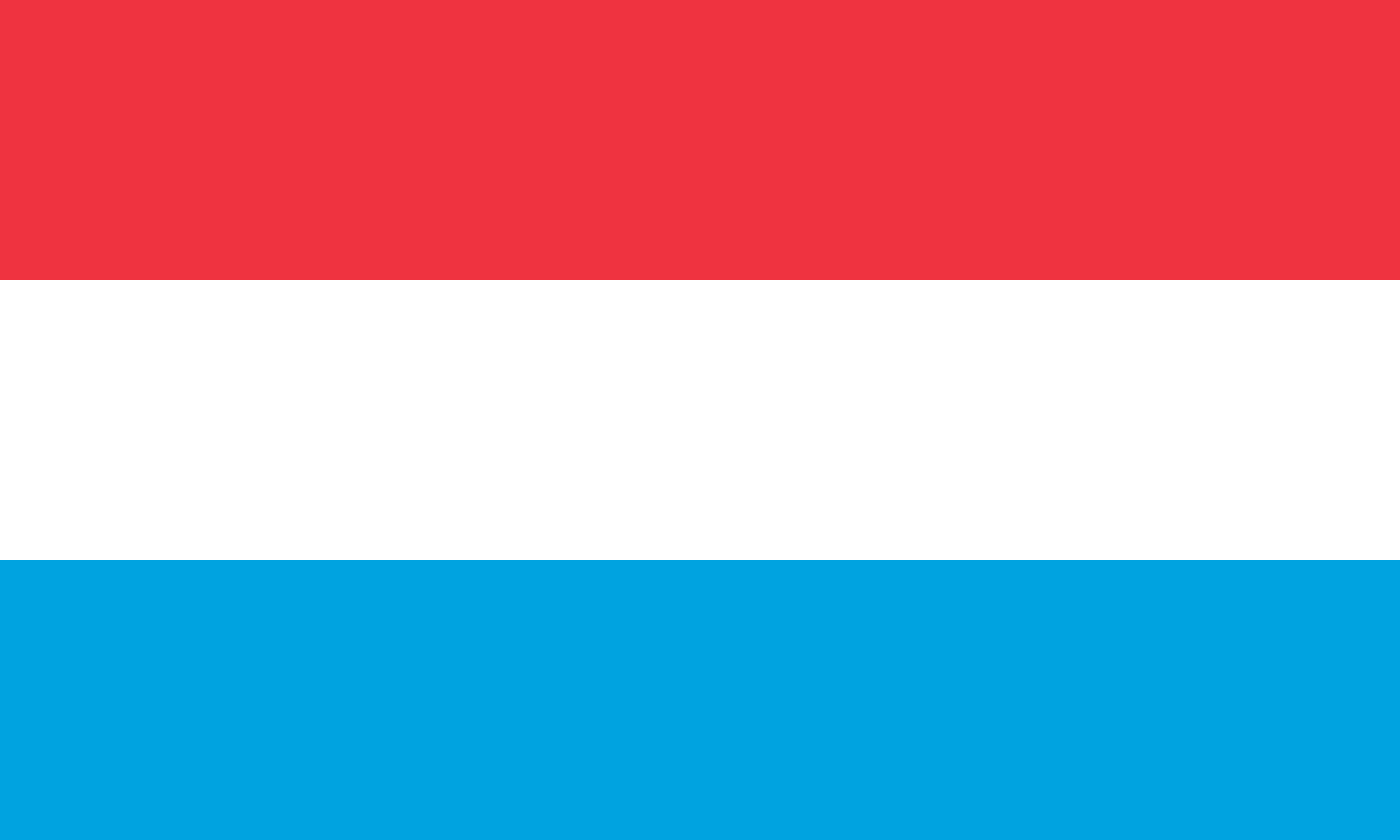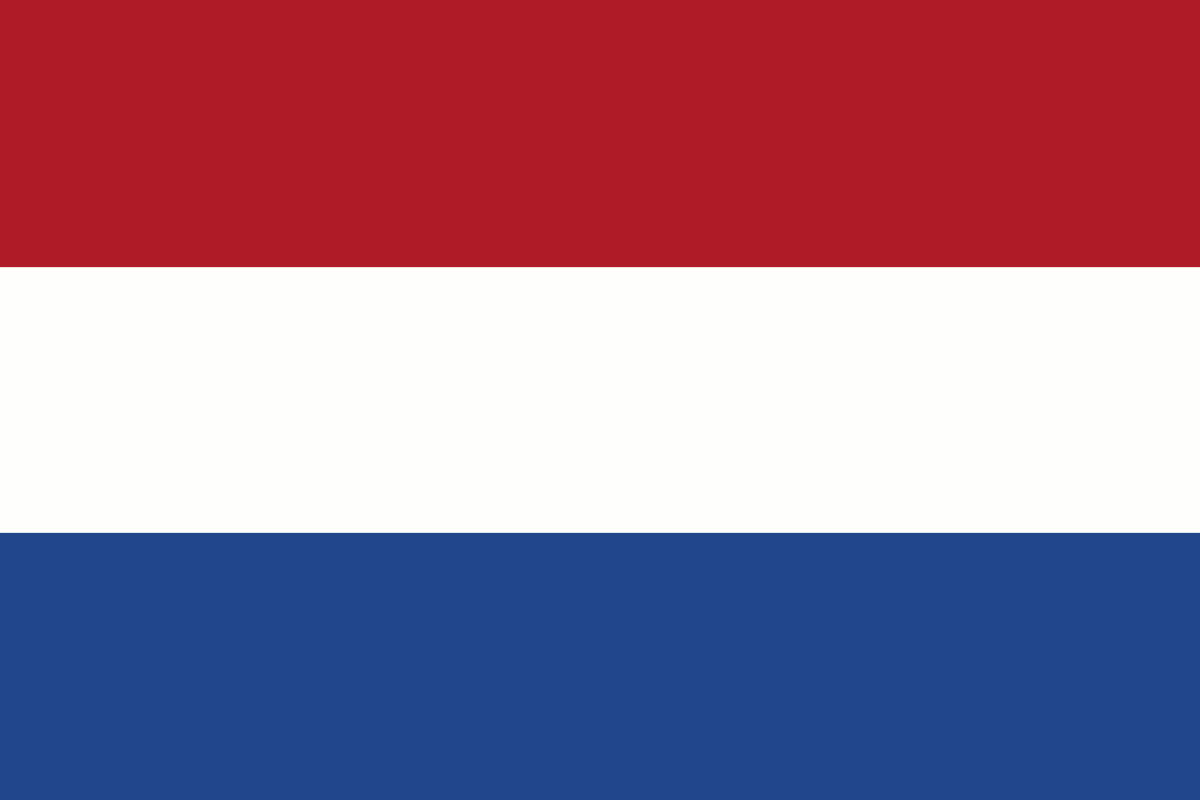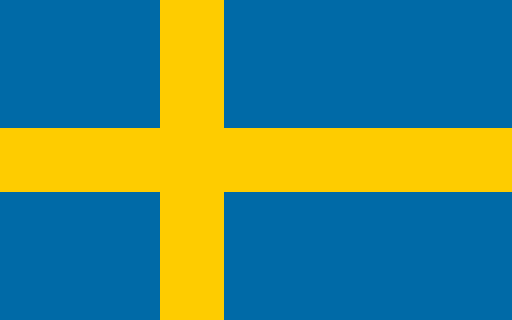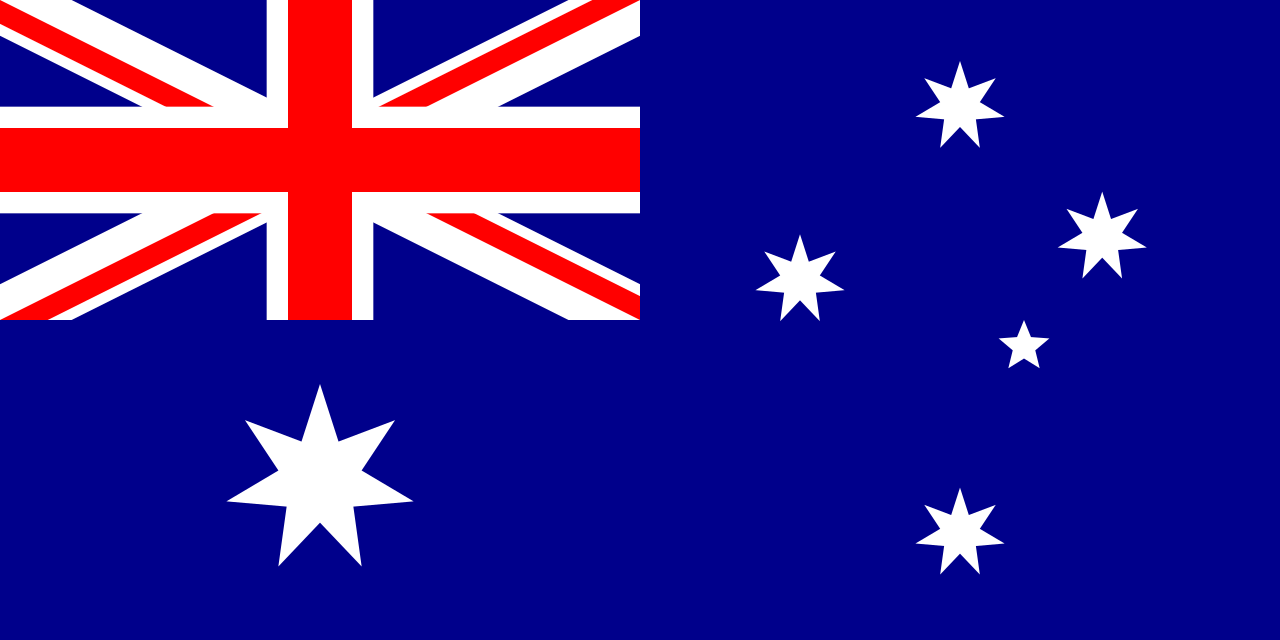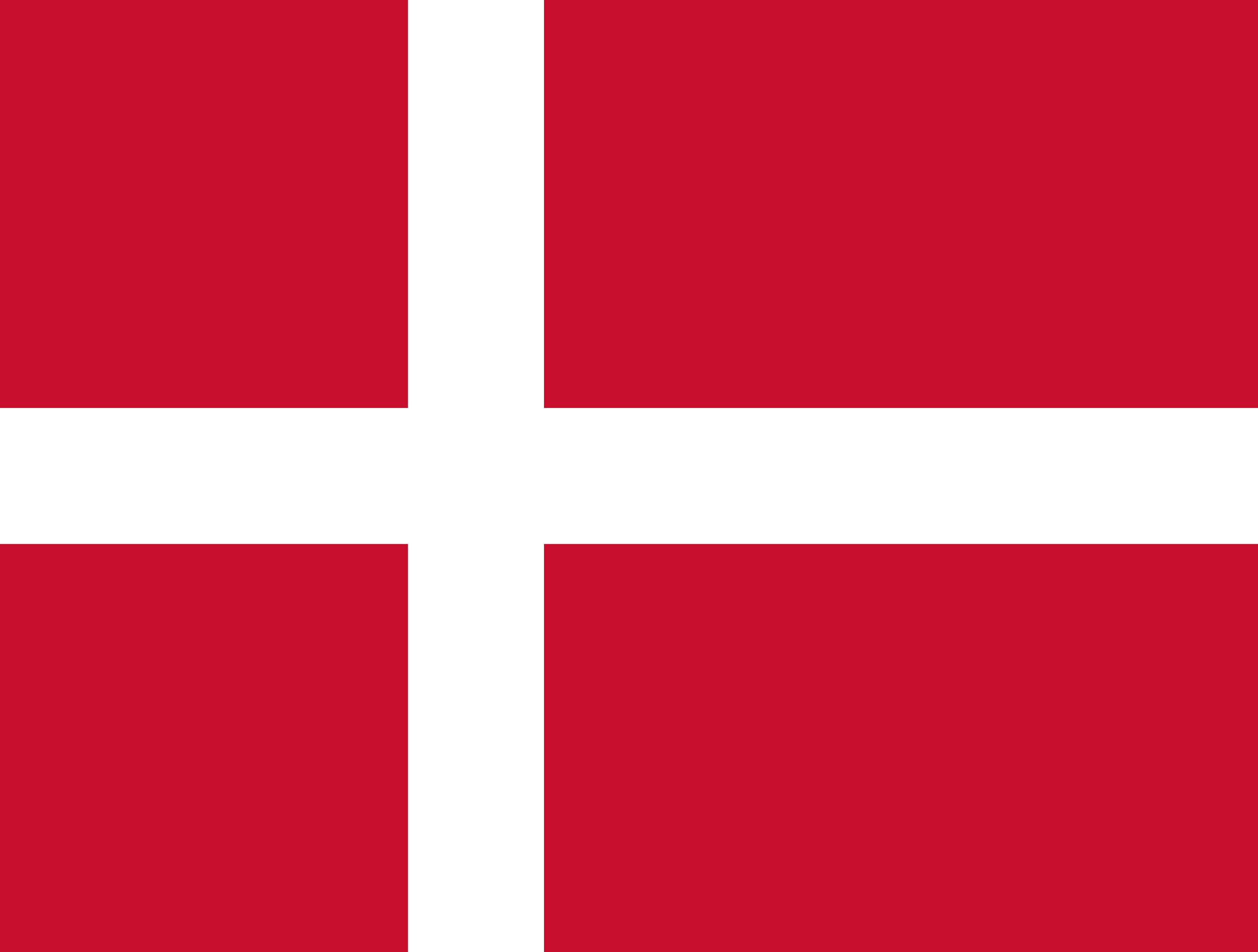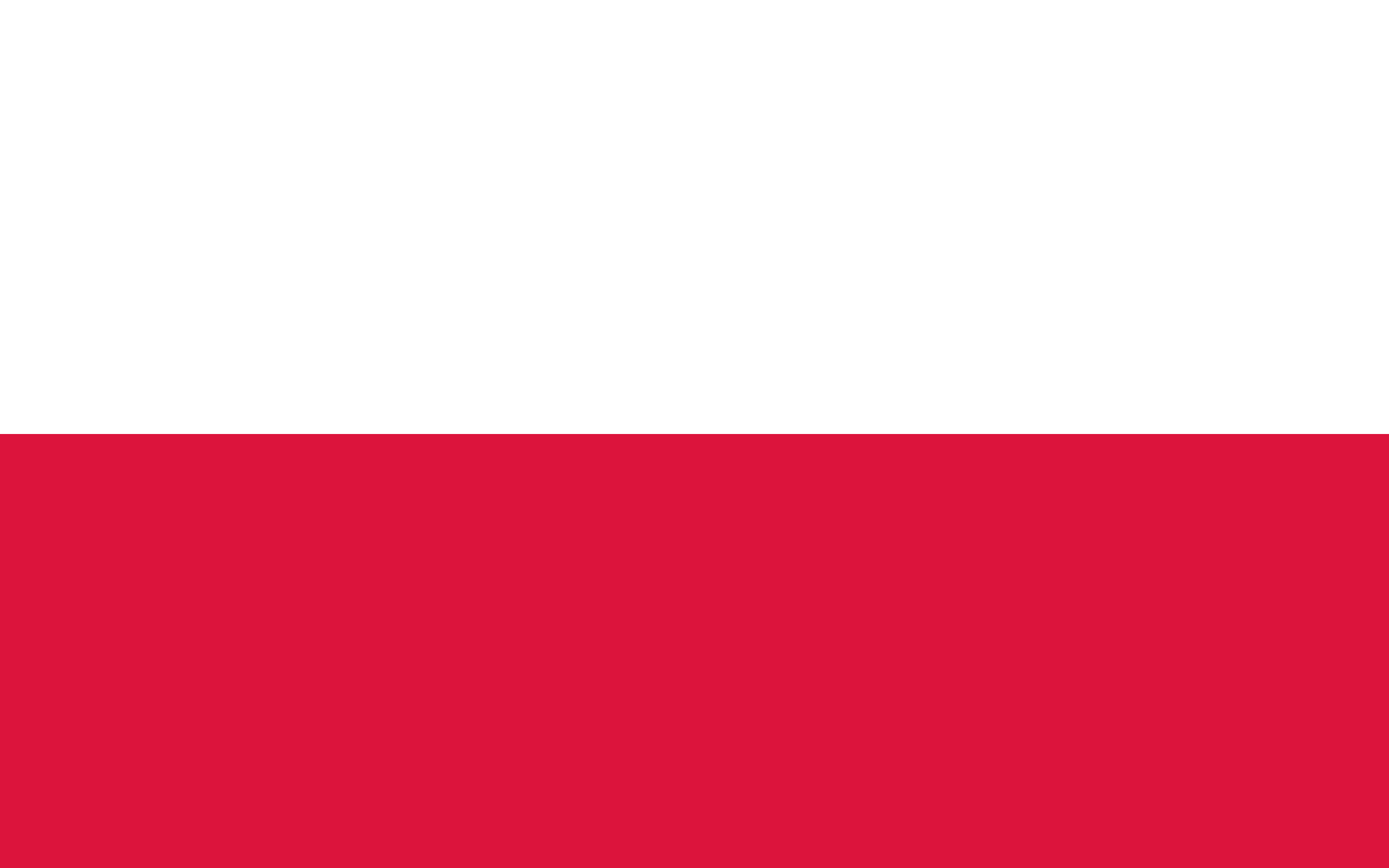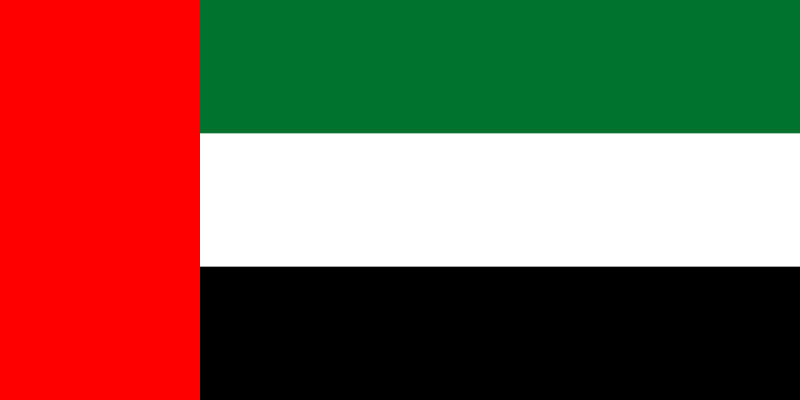The M-position indicates the ergonomically correct position of your baby in the carrier. In this article we explain why this position is so important.
Have you ever noticed that babies automatically pull their legs up when you lift them up? It is a reflexive posture, in which the hip joints are oriented forward, the legs are pulled tight, and the knees are set on pinholes and the thighs are spread at an angle of about 90 degrees. This corresponds to the ideal, so-called squat-splayed posture. It is also called the M-position.
Babies take up this position by themselves. For example, if you carry them on your hip. If you carry them in a carrier, then a correct, ergonomic position is a prerequisite. It supports the development of the child's spine and hips.
A slightly rounded back of the baby plays an important role here. A baby carrier should strengthen this so that the baby does not need to sit upright. The ideal position is one in which the baby is slightly bent forward towards mum or dad. So to speak, with their eyes on your heart. The rounded back further develops the double-S shape of the child's back.
The correct M-position is crucial to avoid hip dysplasia. Hip dysplasia develops when, for example, the child's legs hang down too far.
From when can I carry my child in a baby carrier?

